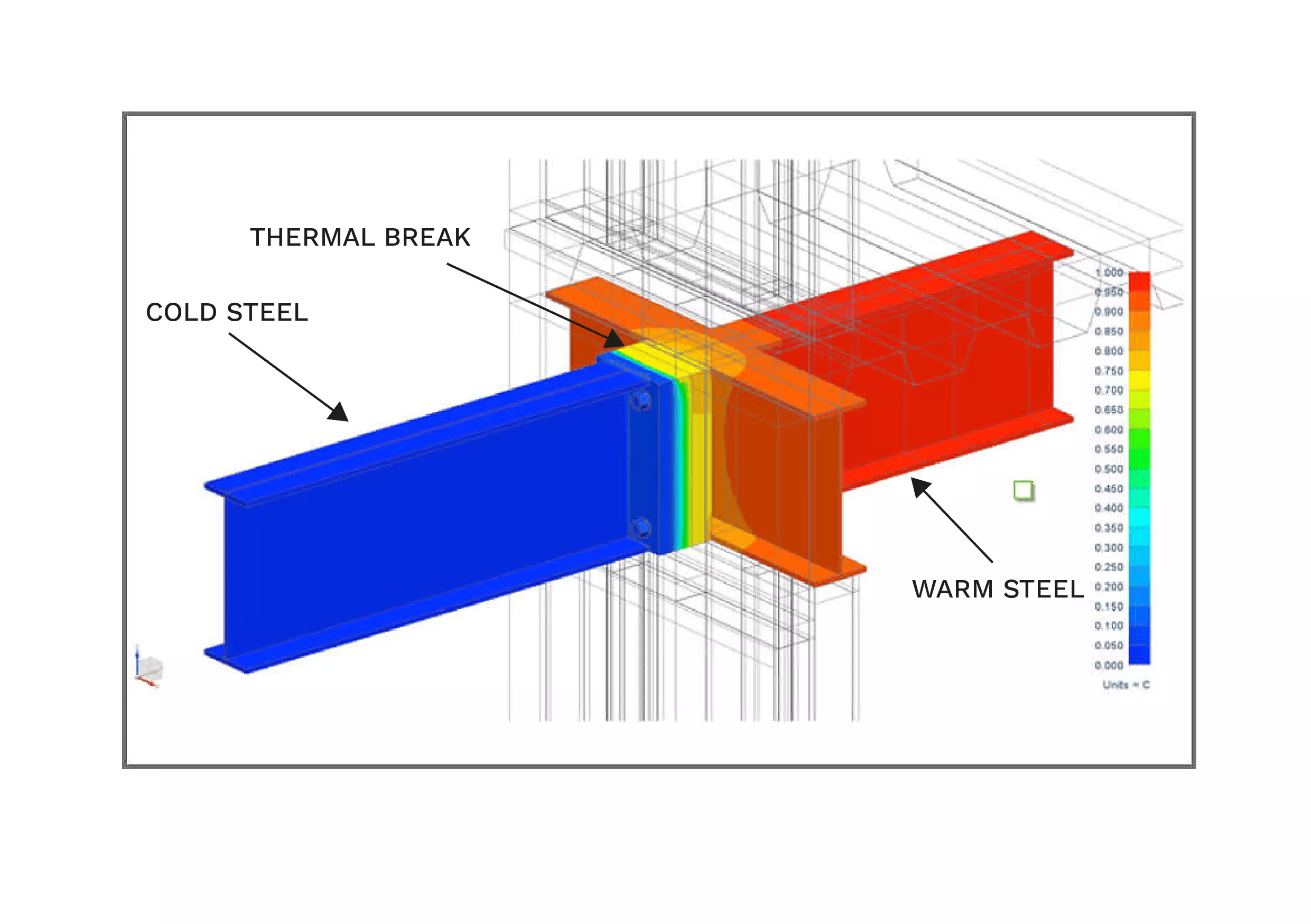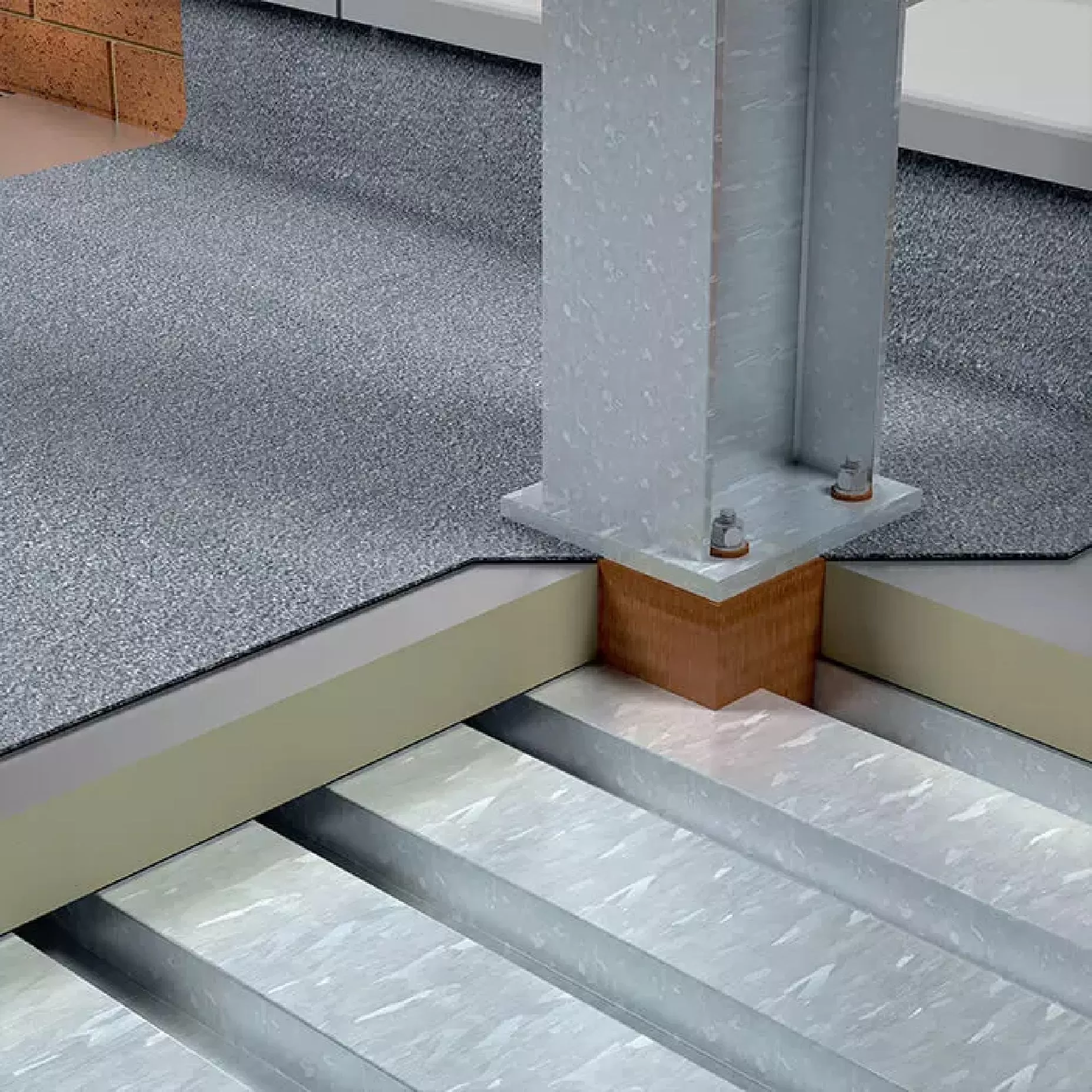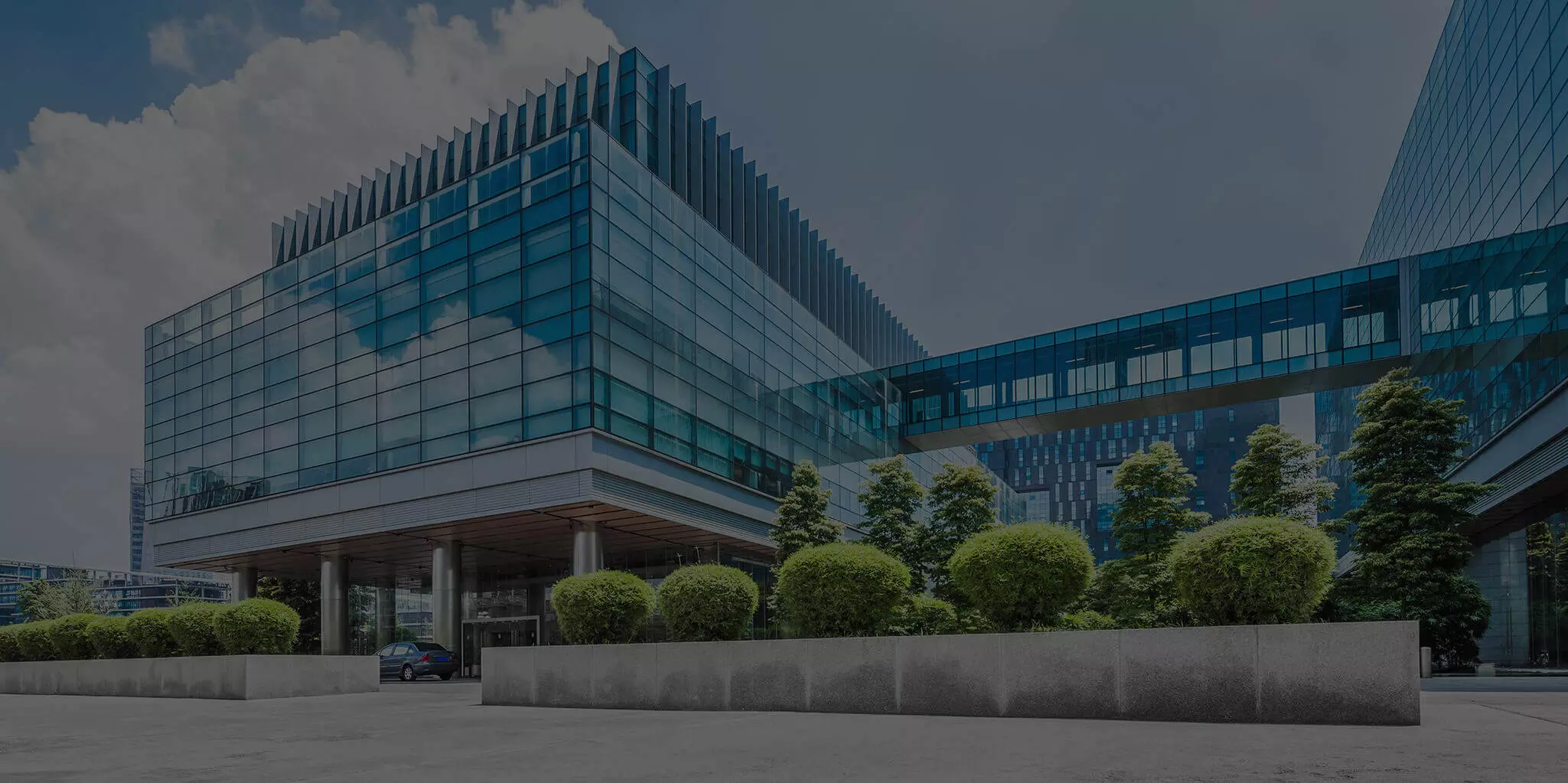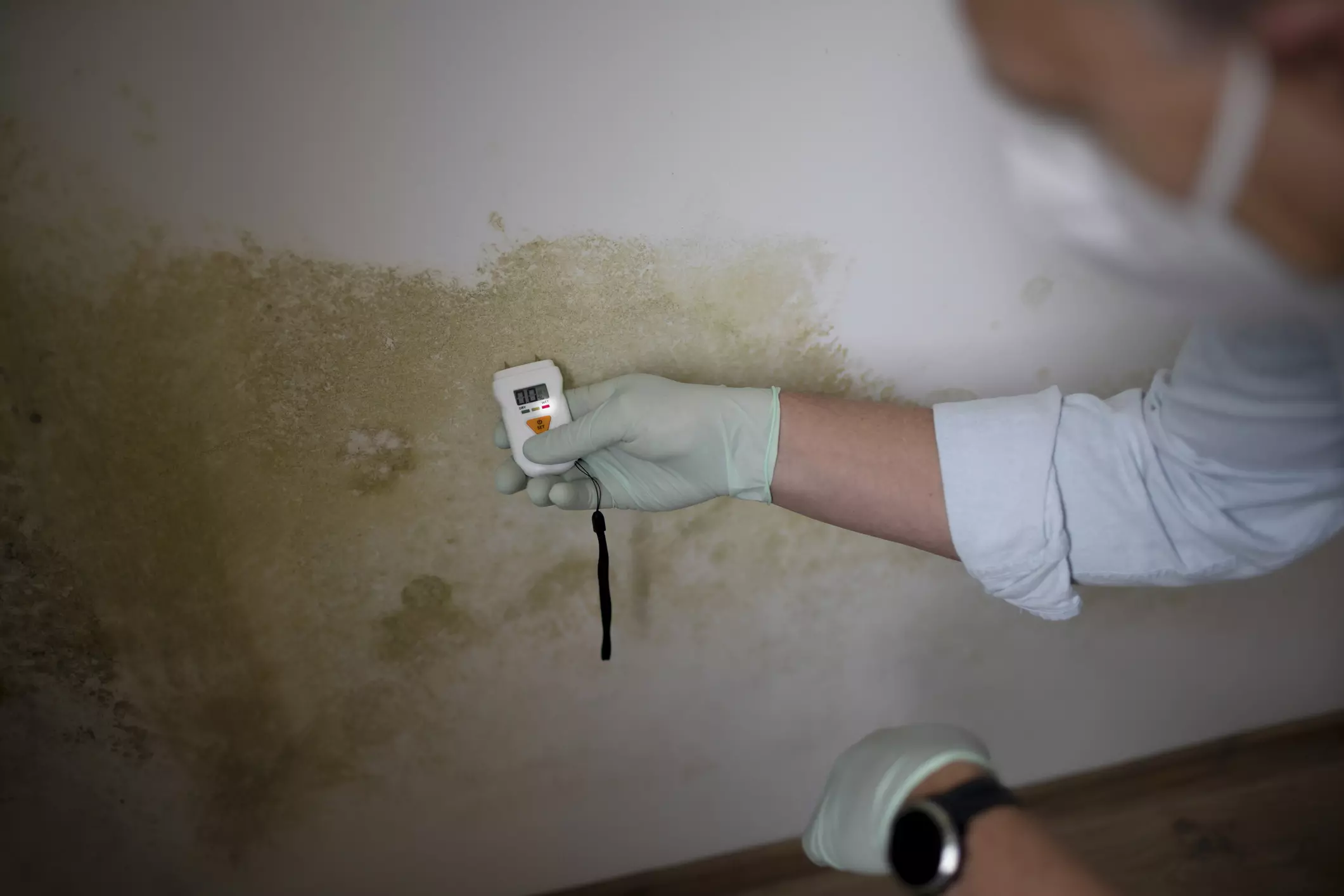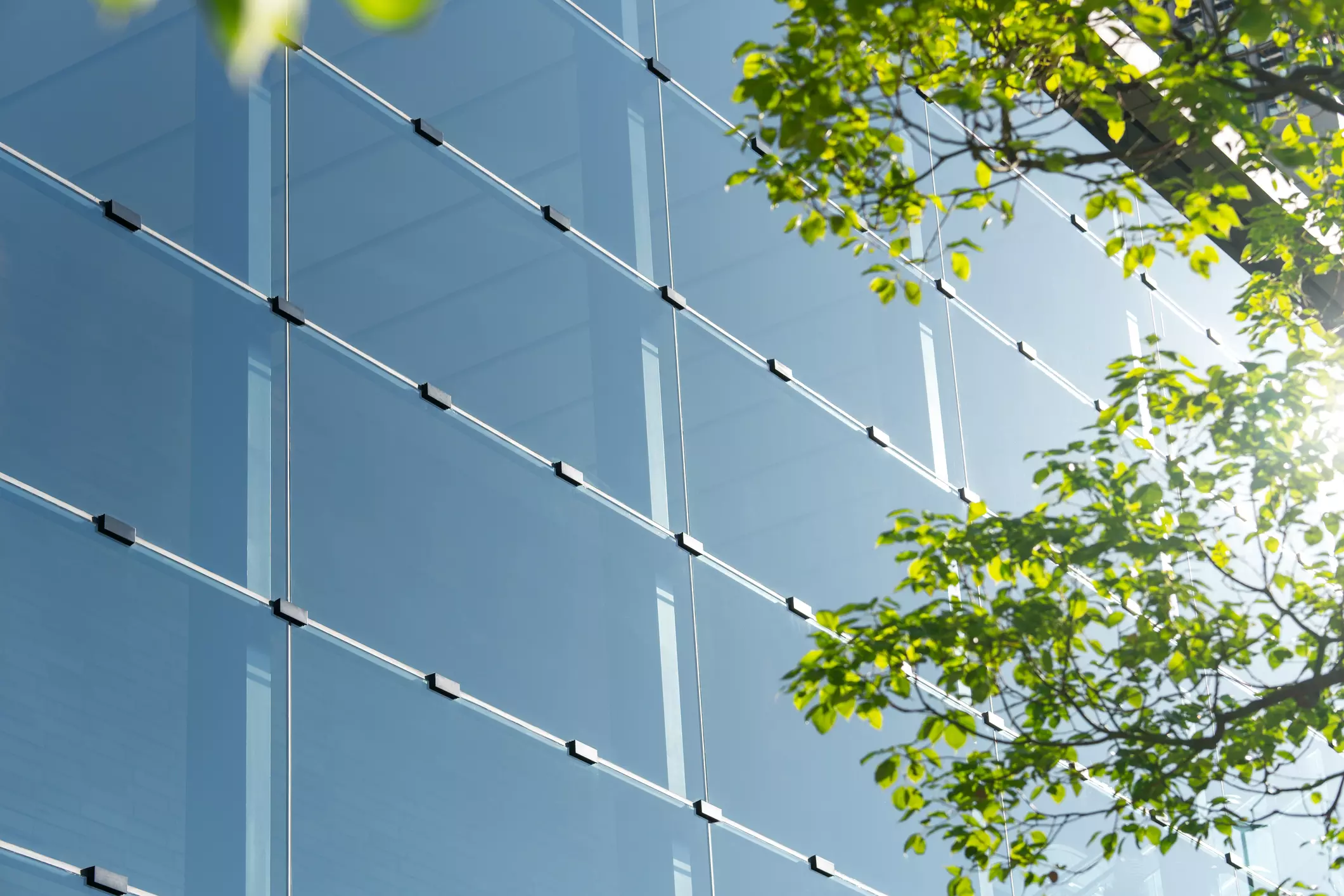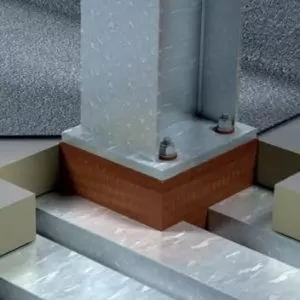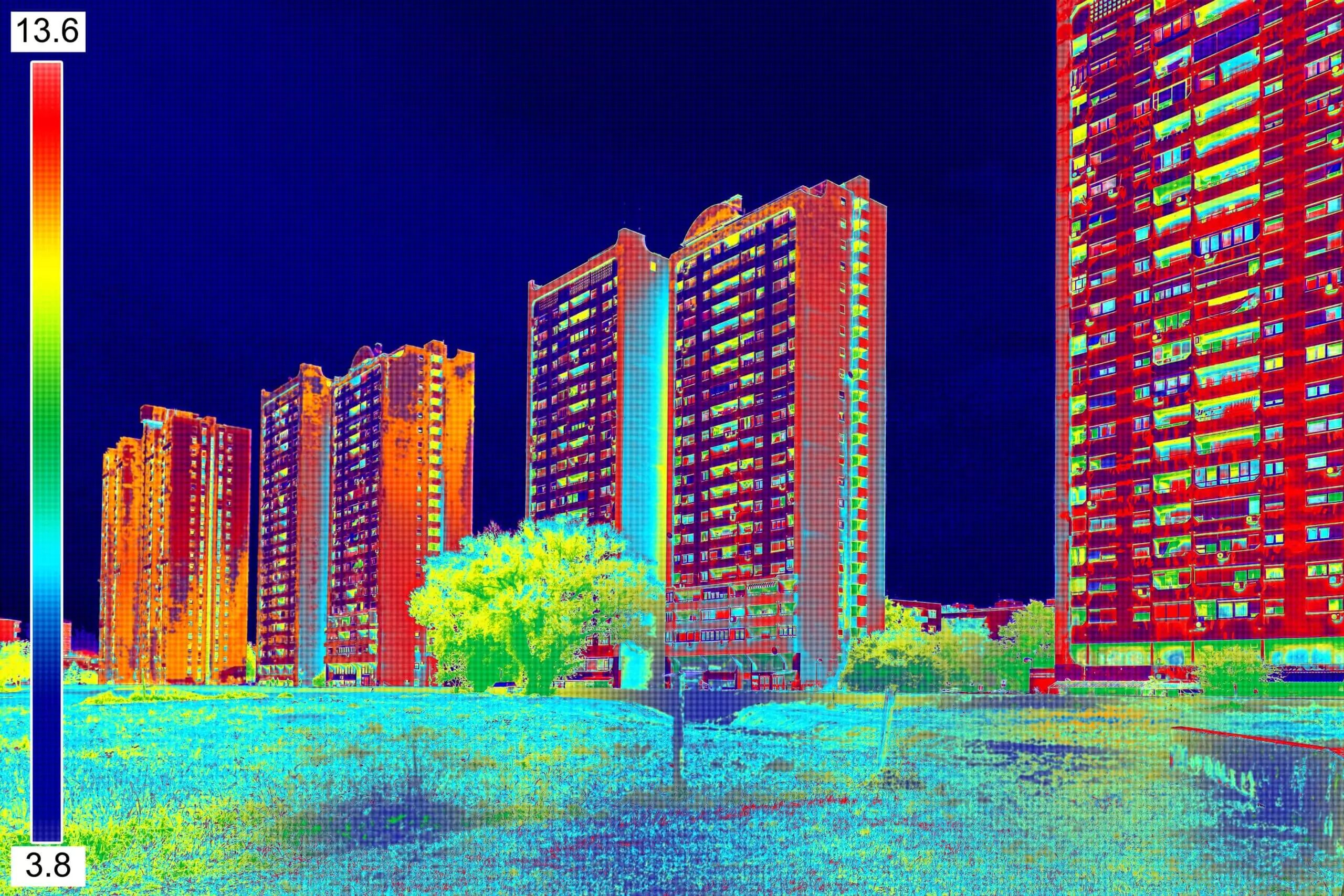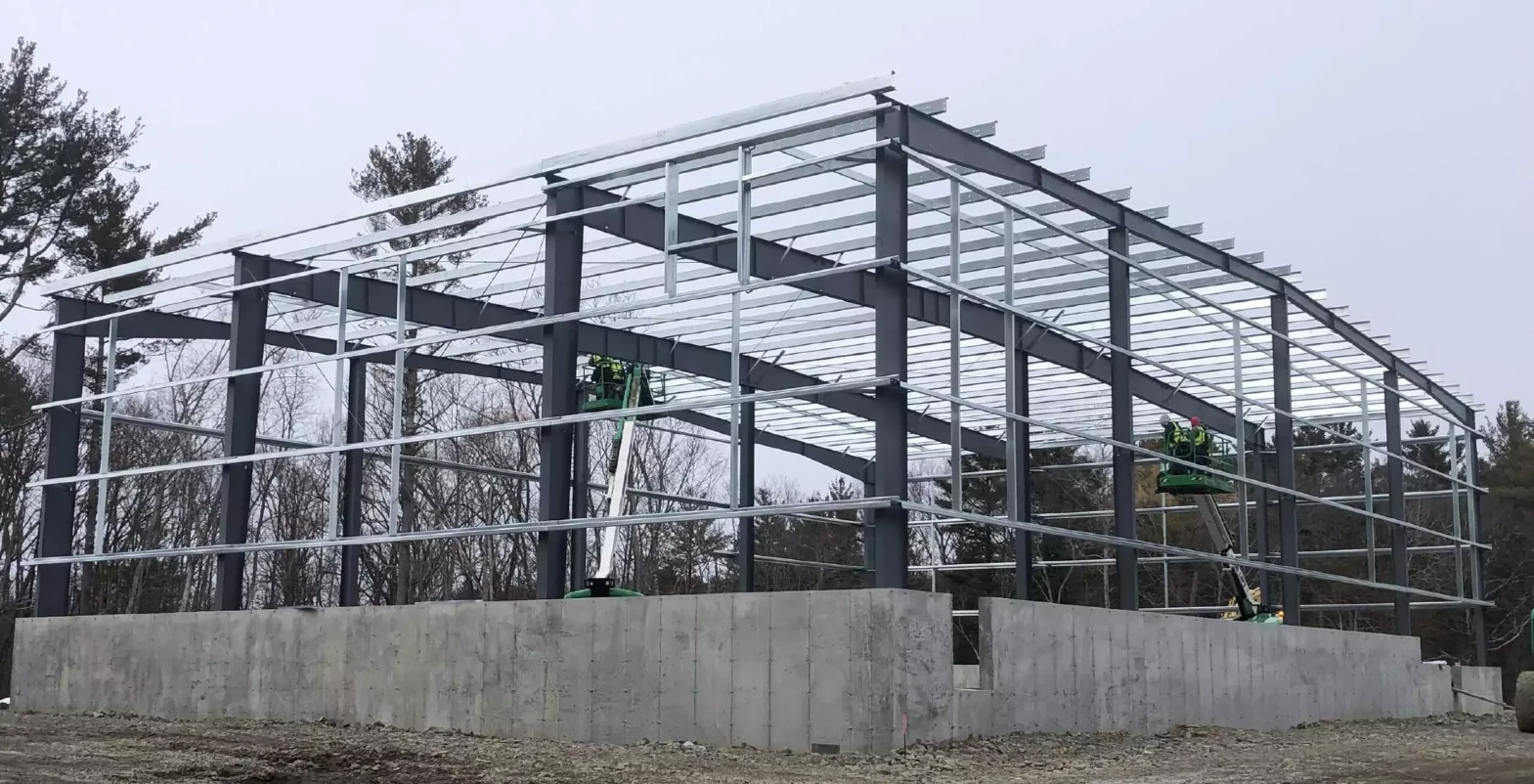Thermal bridging, also referred to as a cold bridge or heat bridge, refers to areas within a building envelope where heat can flow more easily, across conductive building materials, bypassing insulation materials. It occurs when a component with high thermal conductivity disrupts the continuity of thermal insulation, creating a pathway for heat transfer. These bridges provide a path of least resistance for heat transfer, resulting in localised heat loss or gain, reduced energy efficiency, and creating potential condensation issues.
Thermal bridging plays a vital role in determining a structure’s overall energy efficiency. In this blog post, we will explore causes and examples of thermal bridging, why it’s important, and effective strategies to mitigate its effects in order to reduce impact on energy bills, and the environment.
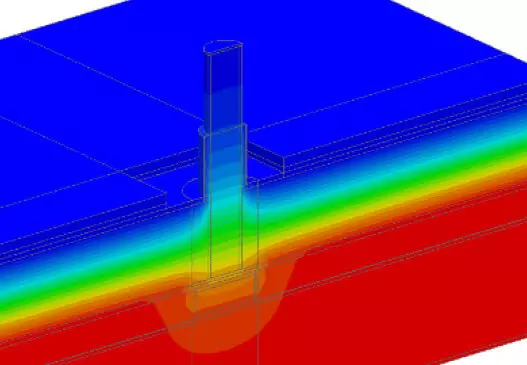
Causes and examples of thermal bridging
Several factors contribute to the occurrence of thermal bridging in buildings. Common causes include the presence of structural elements such as steel beams or concrete slabs that conduct heat past insulation materials. Other examples of thermal bridges include window frames, balconies, parapets, brick shelf angles, and connections between different building components.
Differences in thermal conductivity
Some materials have a much higher thermal conductivity than others, meaning they create a path of least resistance. When these materials are in direct contact or create a bridge across the insulation layer, they facilitate the flow of heat. Examples include:
- Structural elements including concrete slabs, steel beams and metal studs
- Window frames made of metal which create localised areas of heat transfer, compromising the overall effectiveness of insulation
- Connections between building components such as walls and roofs, if not properly insulated
Penetrations and small elements
Even seemingly minor elements or penetrations in the building envelope can contribute to thermal bridging if they are not properly insulated. Examples include:
- Fasteners and brackets including screws and nails which can create localised areas of heat transfer as small elements can conduct heat more easily
- Electrical outlets and switches which can allow heat to bypass the insulation, leading to energy loss and potential cold spots
- Balconies and cantilevers which extend beyond the building envelopes can act as conduits for heat transfer

